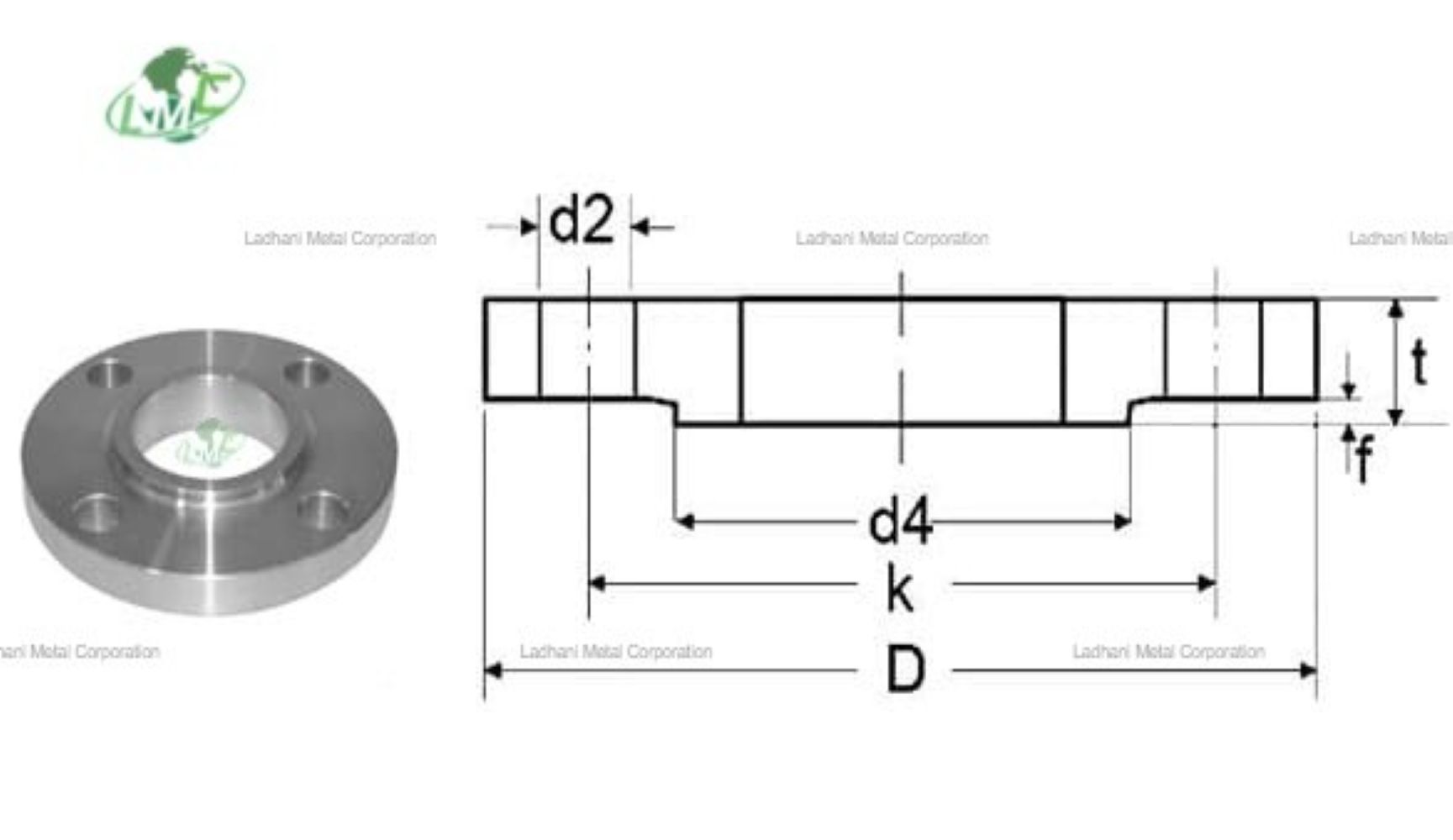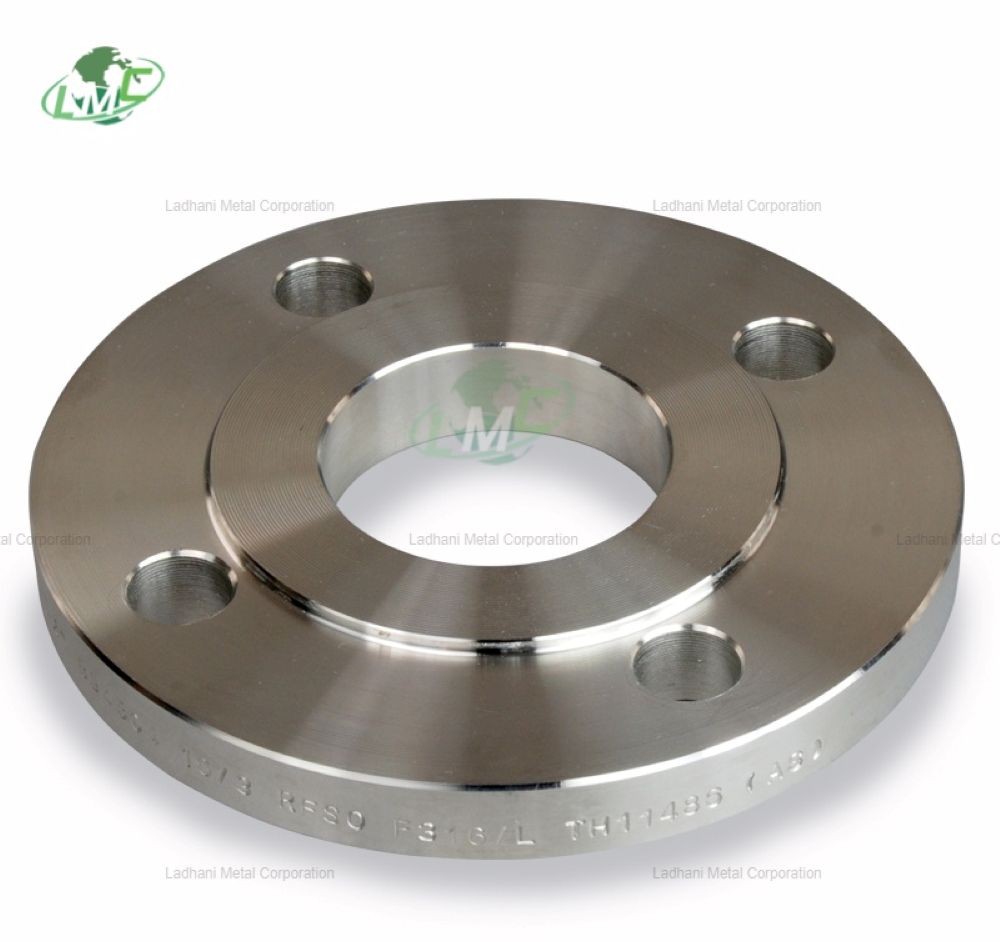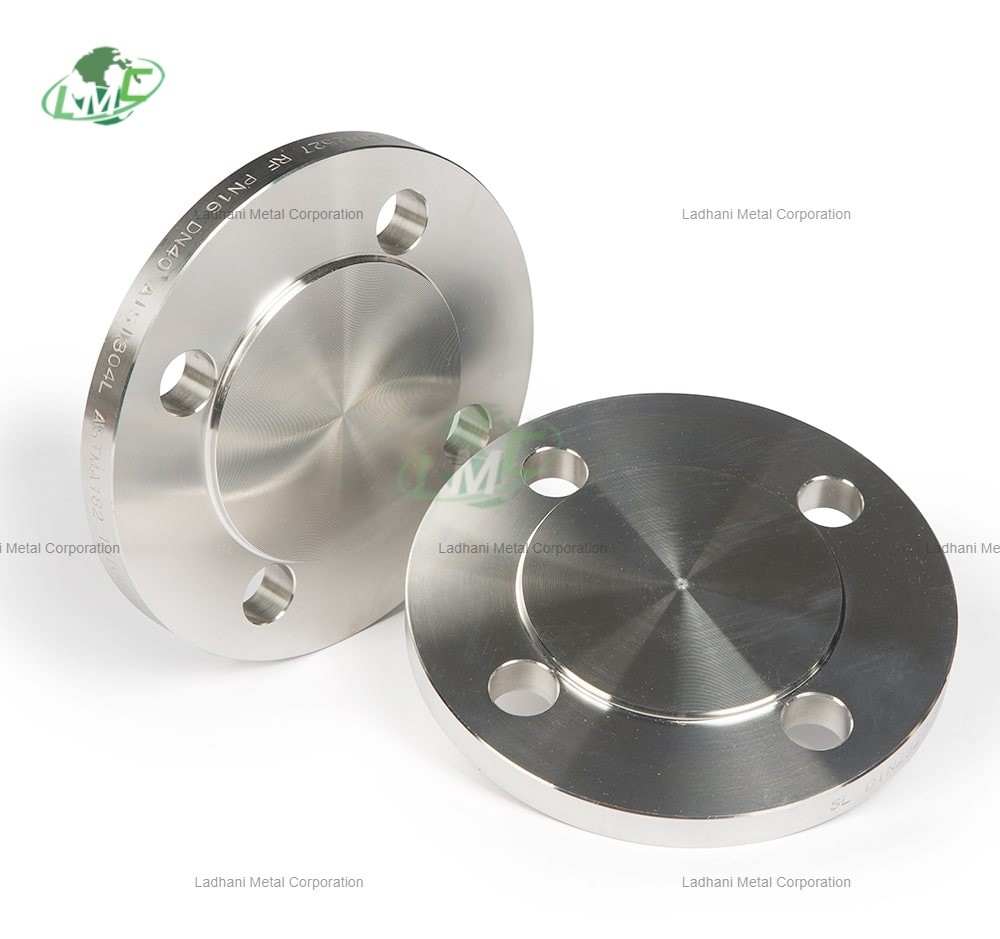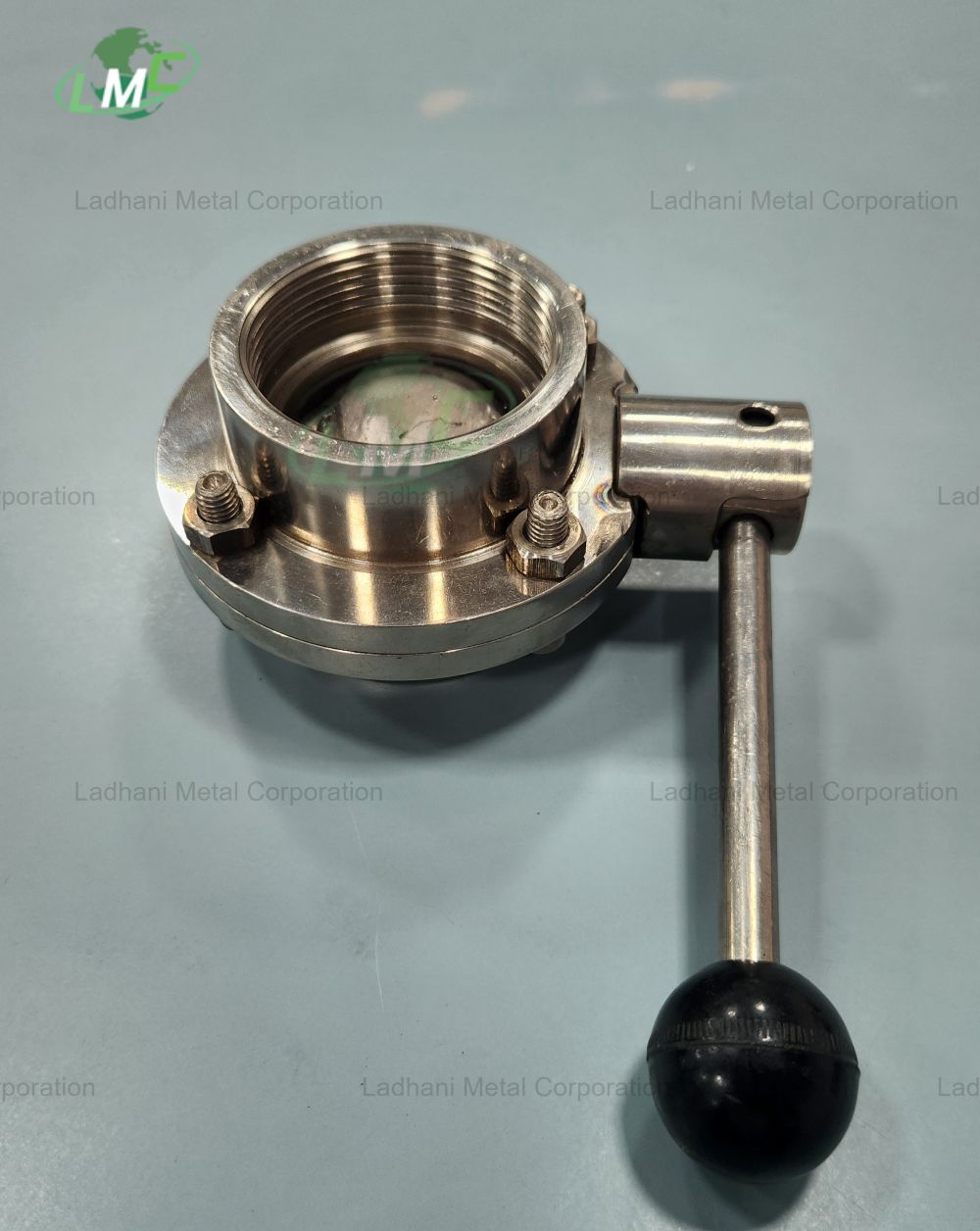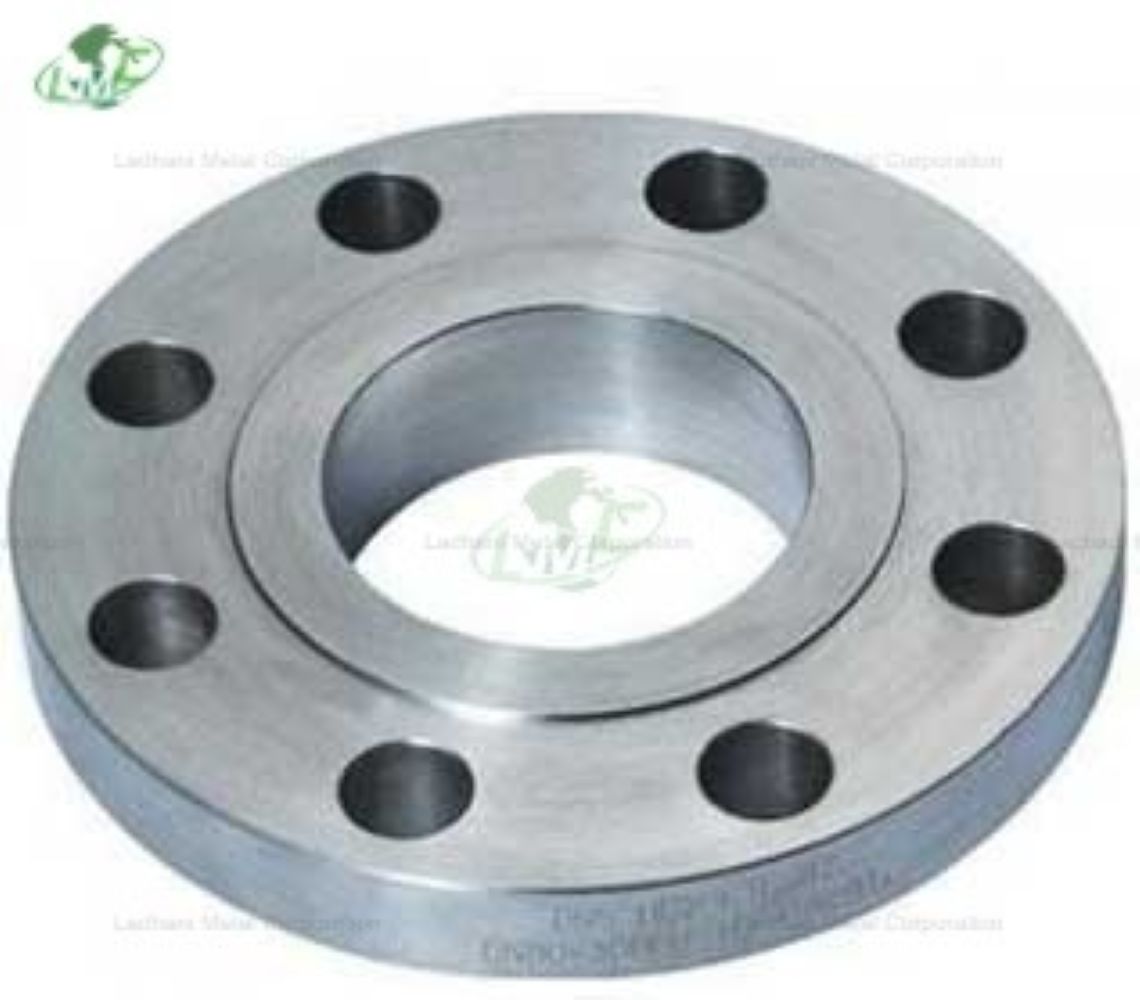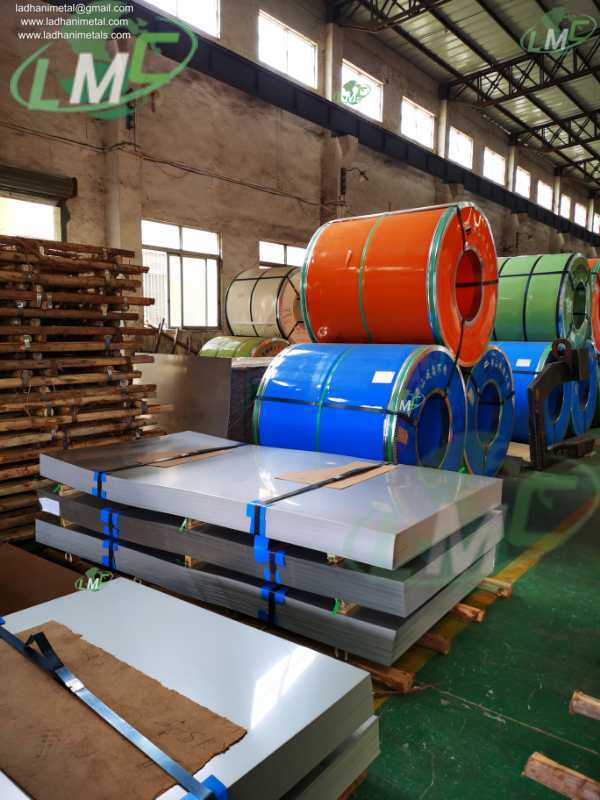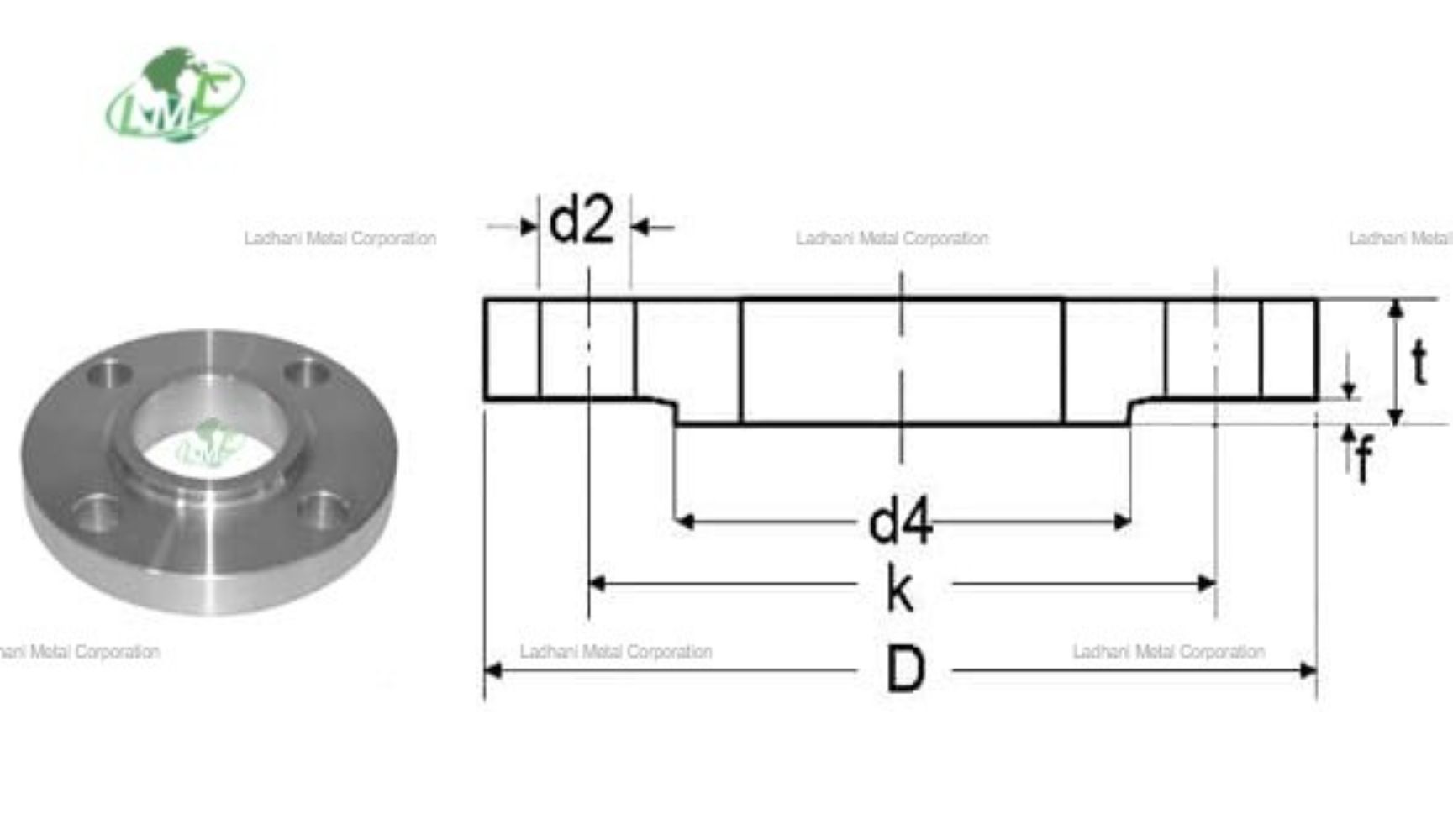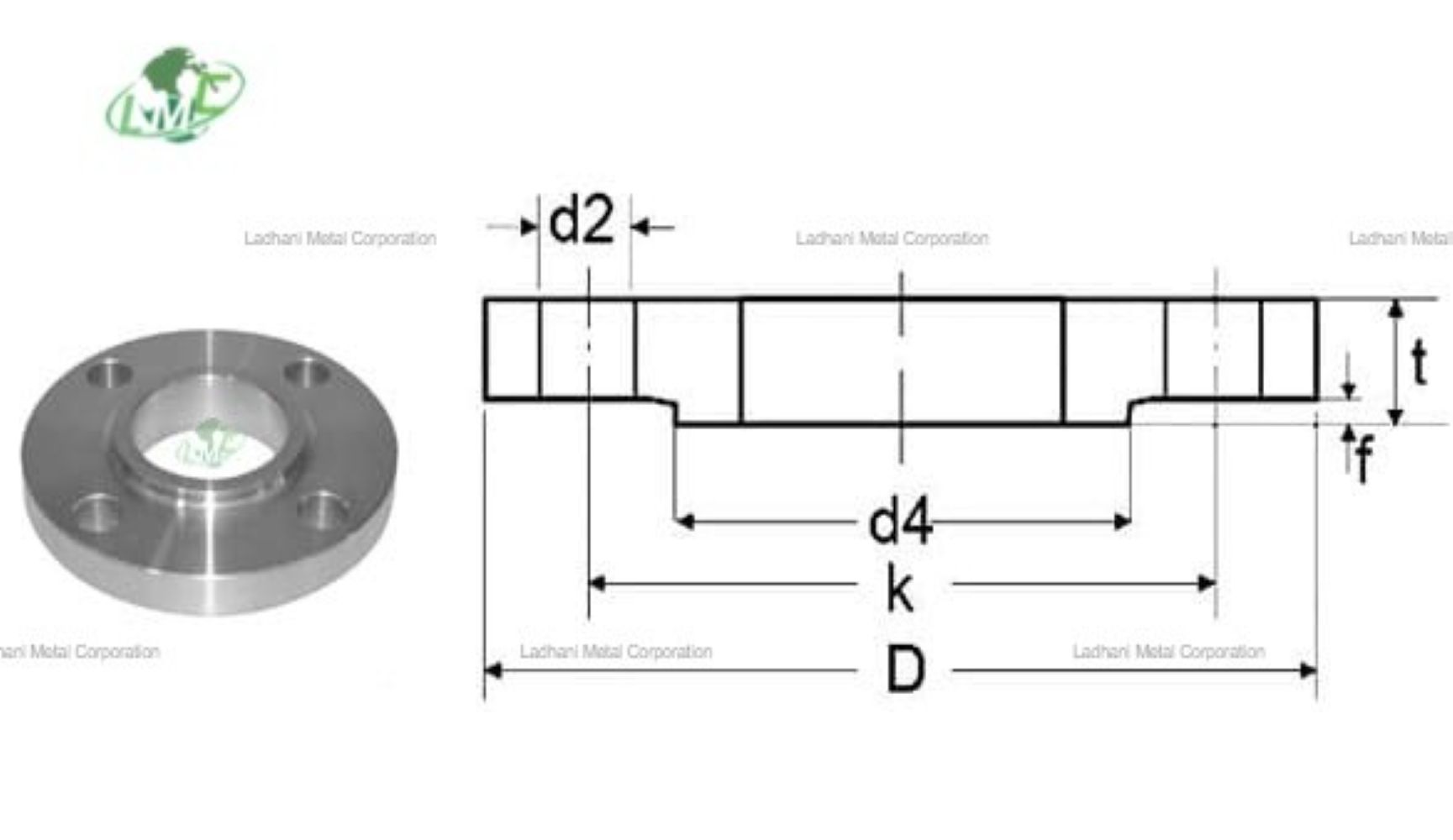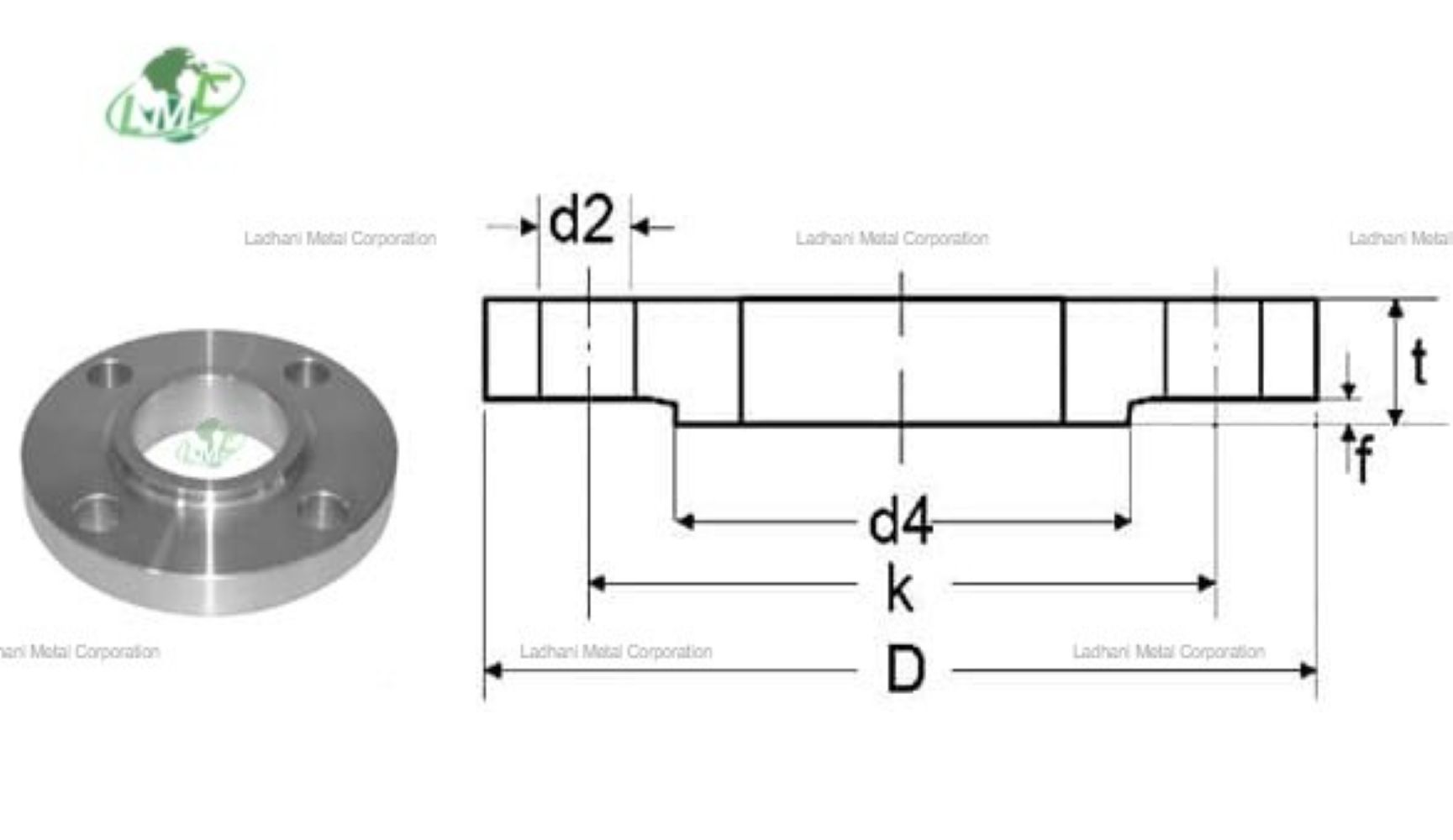DIN 2543 Carbon Steel Flanges are flanges made from carbon steel, a widely used material in the manufacturing of flanges for industrial applications. Carbon steel is an alloy made primarily of iron and carbon with small amounts of other elements, offering a combination of strength, durability, and affordability. These flanges conform to the DIN (Deutsches Institut für Normung) standard and are widely used in various industries such as oil and gas, water treatment, power generation, and chemical processing. Material: Typically made from carbon steel alloys such as A105, A350 LF2, and A234 WPB. Pressure Rating (PN16): Rated for 16 bar (approximately 232 psi) at 20°C (68°F), suitable for medium-pressure applications. Key Features of DIN 2543 Carbon Steel Flanges: Strength and Durability: Carbon steel offers high strength and durability, making it suitable for many applications that require high mechanical properties and resistance to wear and tear. Weldability: Carbon steel flanges are weldable and can be easily joined with other carbon steel components using common welding techniques, ensuring strong and durable connections in piping systems. Corrosion Resistance: While carbon steel is more prone to corrosion than stainless steel, it can be protected with coatings, paints, or other surface treatments to provide resistance to environmental elements like water or chemicals. Types of Carbon Steel Flanges (DIN 2543): Weld Neck Flanges (WN): These flanges have a long, tapered neck that is welded to the pipe. They are ideal for high-pressure applications as they provide a stronger, more reliable connection. Slip-On Flanges (SO): Slip-on flanges slide over the pipe and are welded both inside and outside. These are commonly used in medium-pressure systems and are easier to install than weld neck flanges. Blind Flanges (BL): These flanges are used to seal the end of a pipeline, preventing fluid flow. Blind flanges are ideal for systems that need to be closed off for maintenance or future expansion. Socket Weld Flanges (SW): These flanges have a socket into which the pipe is inserted and welded. Typically used for smaller-bore systems, socket weld flanges provide a strong connection that is suitable for high-pressure applications. Lap Joint Flanges (LJ): These flanges are used with a lap joint stub end. They allow for easy alignment and disassembly, making them useful in systems that require frequent maintenance or modification. Common Carbon Steel Grades for DIN 2543 Flanges: A105 (Carbon Steel): Composition: Primarily composed of carbon (0.35% max) and manganese (0.60-0.90%), with trace amounts of phosphorus and sulfur. A350 LF2 (Low-Temperature Carbon Steel): Composition: Contains carbon, manganese, phosphorus, sulfur, and small amounts of other elements like silicon and nickel. A234 WPB (Carbon Steel, Piping Fittings): Composition: Contains carbon, manganese, phosphorus, and sulfur in specific percentages, with a focus on high tensile strength. Pressure Rating (PN16): PN16 refers to the pressure rating of 16 bar (approximately 232 psi) at 20°C (68°F), suitable for medium-pressure system. #flanges #din2543 #din2543flanges #din2543carbonsteel #carbonsteel

